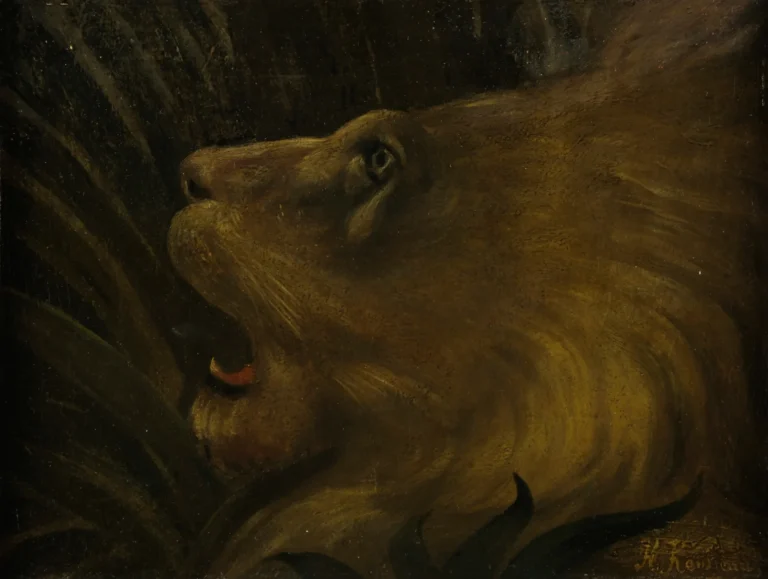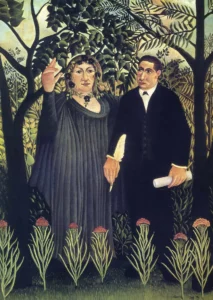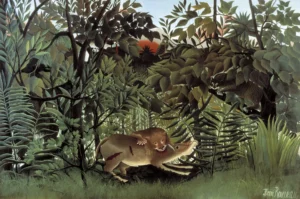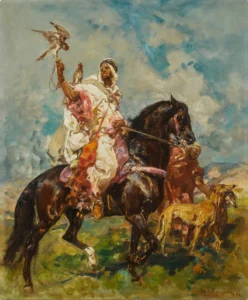Tête de lion
'Tête de lion' (Lion's Head) is an exquisite representation of Henri Rousseau's distinctive style, showcasing his post-impressionist approach that blends simplicity with vivid imagery. Active during the late 19th and early 20th centuries, Rousseau’s naïve artistry captivates viewers, highlighting a deep appreciation for nature and its wild beauty. His self-taught skills defy the conventional techniques of his time, establishing him as a critical figure in art history.
Late 19th Century
About the Artwork
'Tête de lion' is not just a celebration of the lion but a reflection of Rousseau’s fascination with nature and the exotic. The artist, known affectionately as Le Douanier due to his profession as a customs officer, began painting later in life and often drew inspiration from his dreams and the vibrant folklore of his childhood in France. His simplistic yet profound work resonated with audiences seeking authenticity and emotional depth during an era that often forgot these values in favor of realism and academic elegance. Rousseau's portrayal of the lion serves as a metaphor for strength and beauty, embodying characteristics he admired in nature.
Did You Know
Liked what you see? Add it to your collection.
Enjoyed reading? Share it.
... continued
Title:
Tête de lion (Lion's Head)
Artist:
Henri Julien Félix Rousseau (Le Douanier)
Period:
Late 19th and early 20th centuries
Style:
Naïve and post-impressionist
Availability:
High-resolution images and fine art prints available










